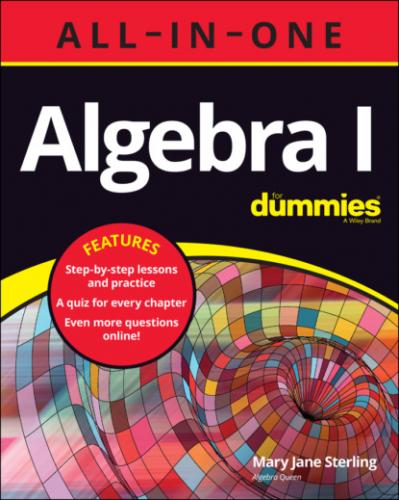A. You don’t really want to multiply fractions unless it’s necessary. Notice that the first and last factors are multiplicative inverses of one another:
Just switch the order of the last two numbers:
Q.
A. The second and last terms are reversed, and then the first two terms are grouped.
17
18
19
20
21
Relating Inverses and Identities
In mathematics, inverses and identities are closely related. The definition of an inverse includes references to an identity. And when describing the identity of an operation, you call up the inverses.
Investigating Inverses
In mathematics, the inverse of a number is tied to a specific operation.
The additive inverse of the number 5 is –5; the additive inverse of the number
The multiplicative inverse of the number 5 is
A. The additive inverse is 14, because
Q. Find the additive and multiplicative inverses of the number
A. The additive inverse is
22 11
23
24
25 –1
26 4.5
27
Identifying Identities
The term identity in mathematics is most frequently used in terms of a specific operation. When using addition, the additive identity is the number 0. You can think of it as allowing another number to keep its identity when 0 is added. If you add
When adding a number and its additive inverse together, you get the additive identity. So
A. The additive inverse of 5 is –5. If you add –5 to the expression, you have
Q. Use a multiplicative identity to change the expression
A. Because the term
